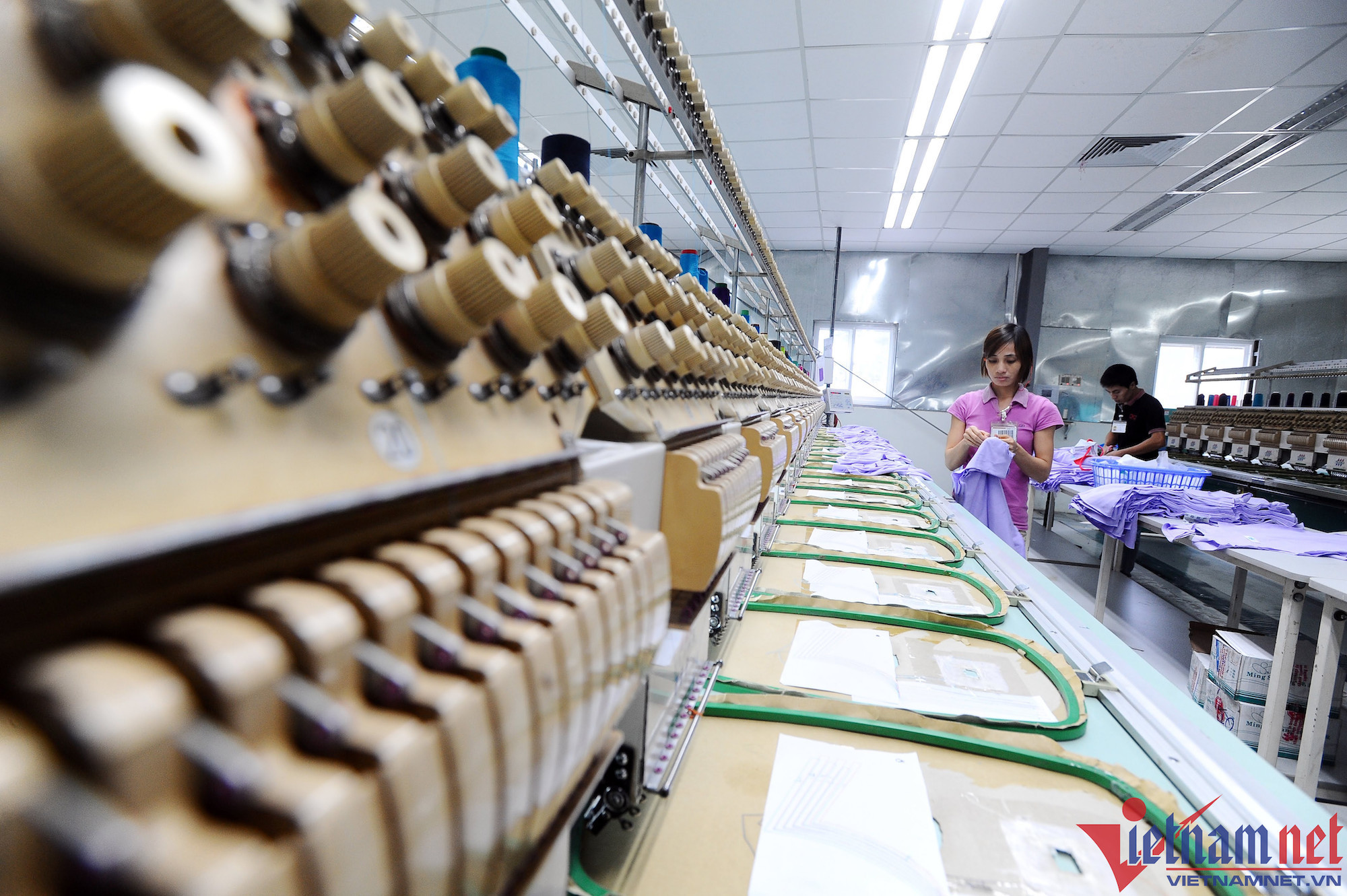
The GDP growth rate in Q1 was just 3.32 percent, the lowest level in the last 12 years, and in order to obtain the targeted growth rate of 6.5 percent as decided by National Assembly, the growth rates need to be 6.7 percent in Q2, 7.5 percent in Q3 and 7.9 percent in Q4.
The projected growth rates for Q3 and Q4 would have to be one percentage point and 0.8 percentage point higher than the scenarios set in the government’s Resolution No 01, and double Q1.
These are challenging targets because the driving forces for economic growth weakened in Q1 compared with the same period last year.
Foreign Direct Investment (FDI), both newly registered and implemented capital, decreased. Newly registered FDI was $5.45 billion, down 38.8 percent, while implemented capital was $4.32 billion, down 2.2 percent.
The commodity import and export value dropped sharply, by 14.7 percent and 11.9 percent, respectively.
As many as 60,200 enterprises left the market, up 17.4 percent, or 20,100 a month, a high figure if noting that the figure was 12,000 a month in recent years.
A survey on business trends of enterprises in the processing and manufacturing industry in Q1 2023 found that only 24.3 percent of enterprises said that their production and business situation was good, much lower than the quarters of 2022.
The index of industrial production (IIP) was estimated to decrease by 2.2 percent compared with the same period last year (+ 6.8 percent).
The number of workers at industrial enterprises on March 1, 2023 decreased by 2.2 percent.
The consumer index of the entire processing and manufacturing industry decreased by 2.9 percent (it increased by 6.6 percent the same period 2022). The inventory index of the industry rose by 19.8 percent.
The core inflation rate increased by 5.01 percent compared with average rate of 2022, a relatively high rate. Meanwhile, the inflation is expected to continue to bear pressure from outside because of the fuel price increase, and coal and petroleum imports at high prices, thus causing big losses to the power sector.
More challenges than opportunities
In fact, the difficulties were anticipated by the government. The challenges and solutions are mentioned in Resolution 01: after the lockdowns to prevent the spread of Covid-19 and the upheavals in the world, the economy went through many hardships. Enterprises’ production came to nearly a standstill, workers lost jobs and business plans failed.
GDP growth has been slowing down, 0.5 percentage point every 10 years.
The average GDP growth rate in the first 10-year development plan (1991-2000) was 7.56 percent, in the second 10-year plan (2001-2010) 6.61 percent, in the third 10-year plan (2011-2020) 6 percent and the first three years of the fourth 10-year plan 5.6 percent.
As such, there is not time for a high growth rate, with the sim of avoiding the middle-income trap.
If Vietnam wants to obtain a GDP growth rate of 7 percent, it would have to obtain an average GDP growth rate of 9 percent per annum in 2024 and 2025, a difficult task.
Don’t rest on laurels
Currently, Vietnam’s GDP per capita is over $4000. It is listed among the countries with lower average income. The noteworthy point is that the results were obtained partially due to the two GDP revision campaigns (in 2011 and 2020).
As difficulties still exist, Vietnam should not be too optimistic and complacent about certain achievements.
"Don’t rest on our laurels,” Party Chief Nguyen Phu Trong has said.
With current socio-economic conditions, Vietnam needs to have landmark solutions to accomplish the strategic goals set for 2030 and 2045.
And in order to have such solutions, Vietnam needs to have dynamic cadres who dare to think and dare to do. And there should be a mechanism to protect the cadres.
Tu Giang